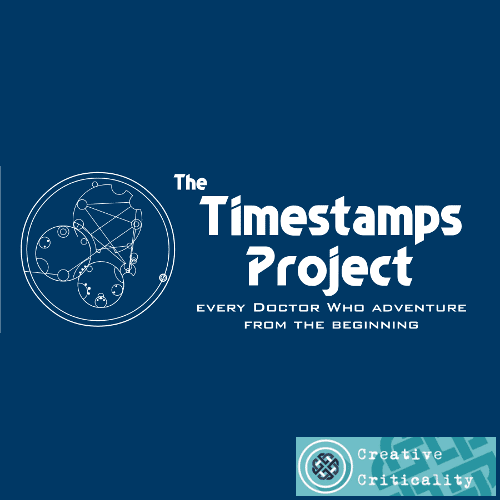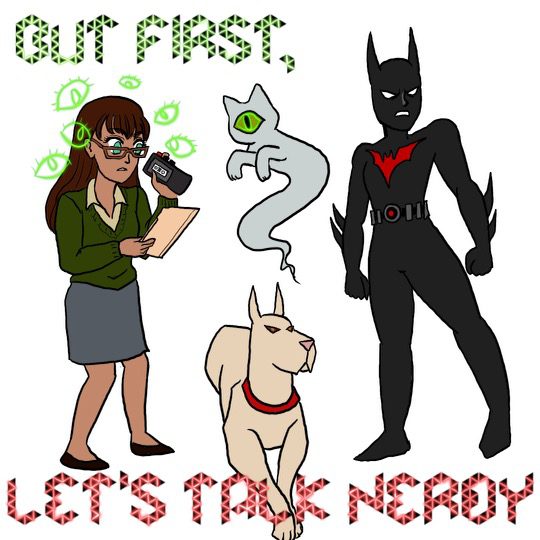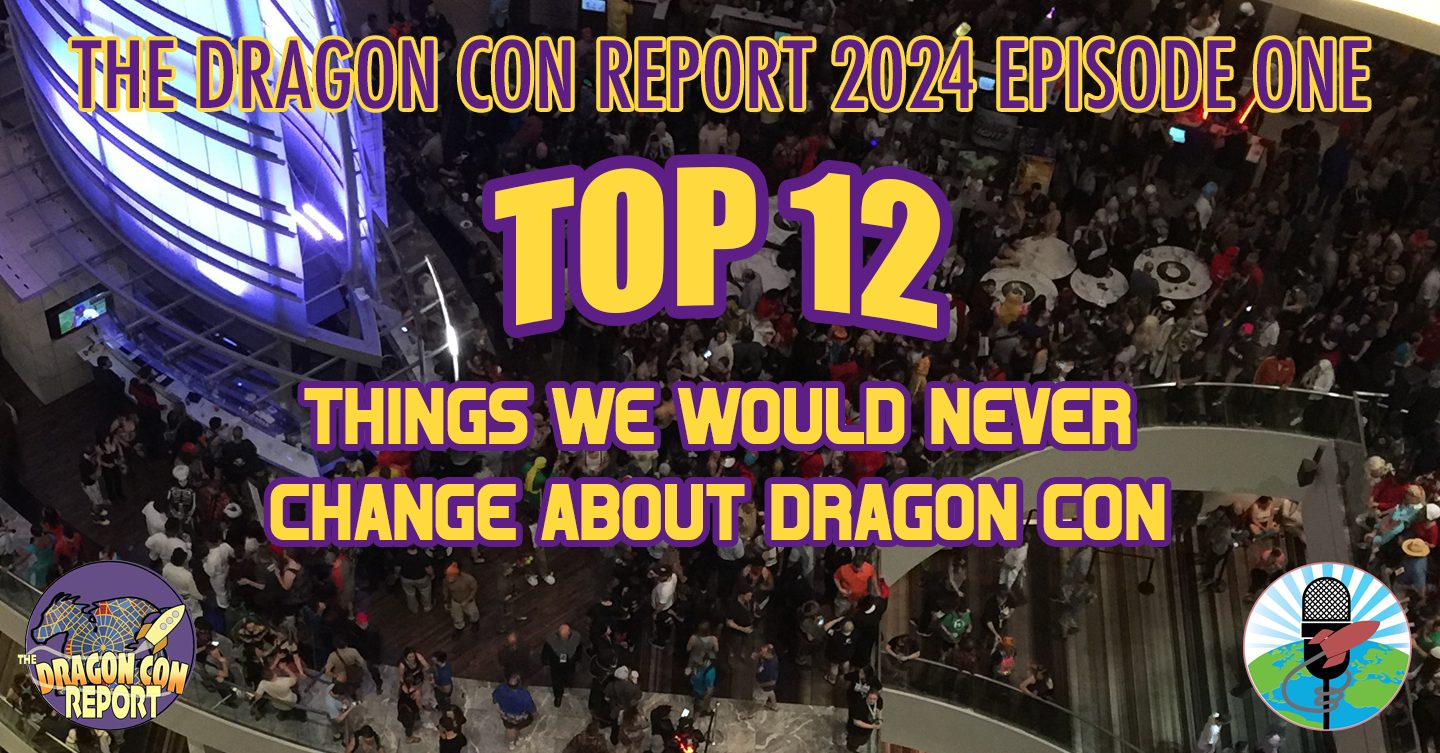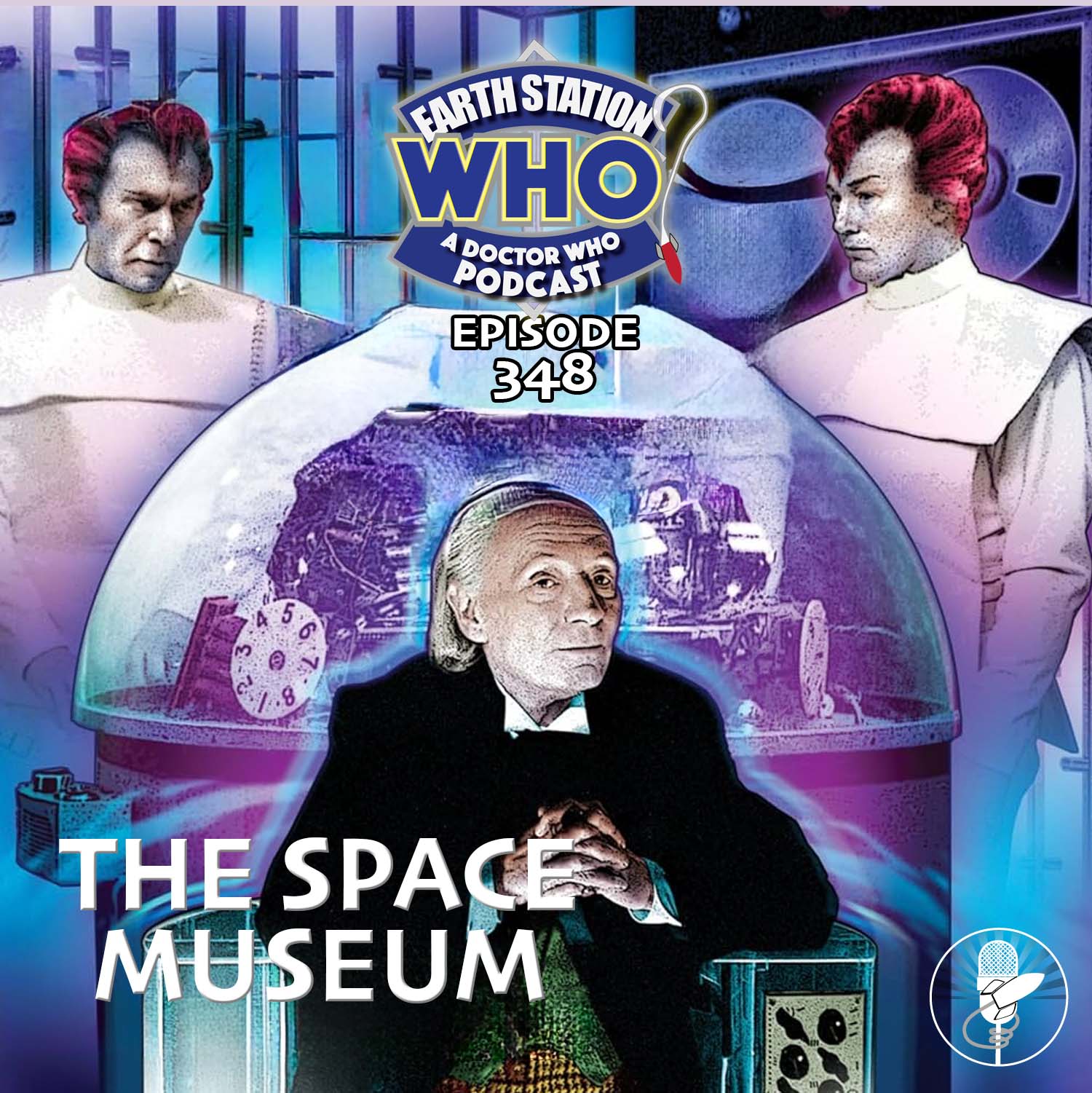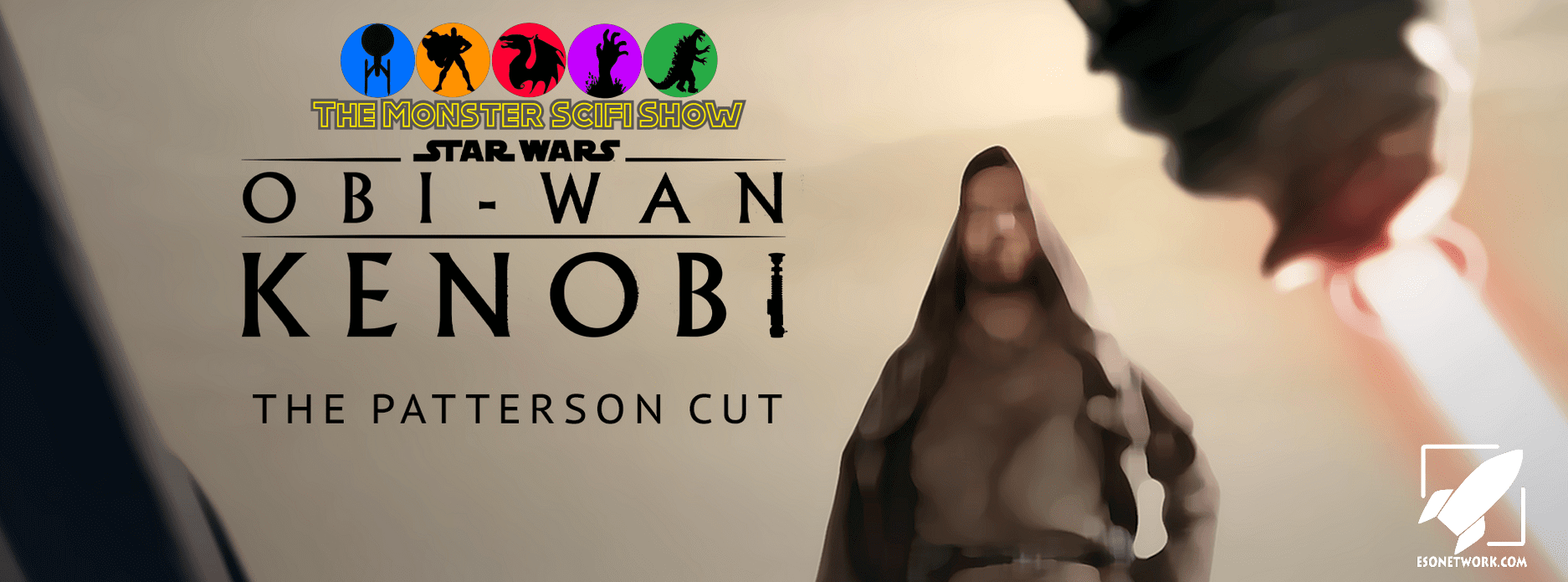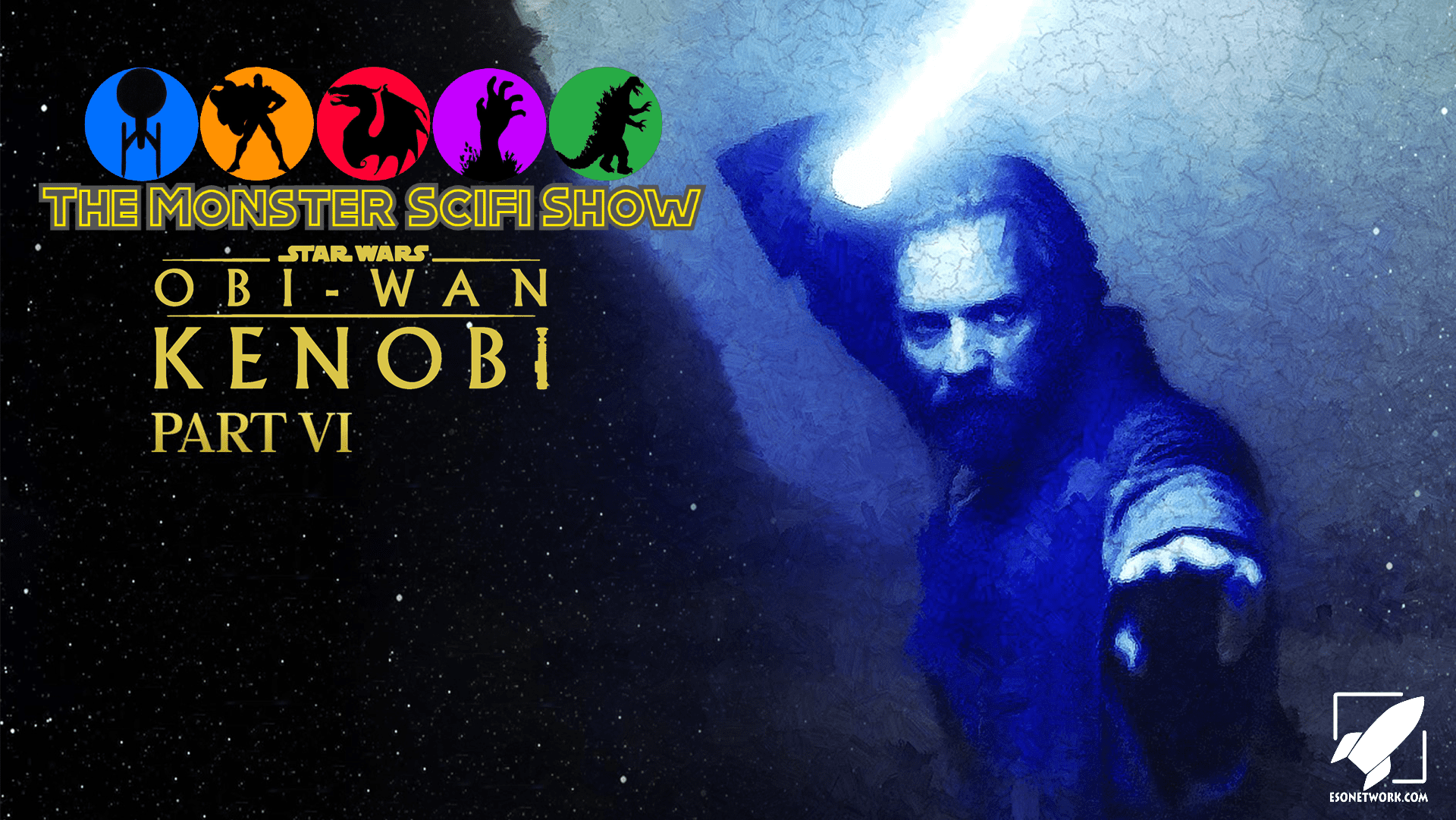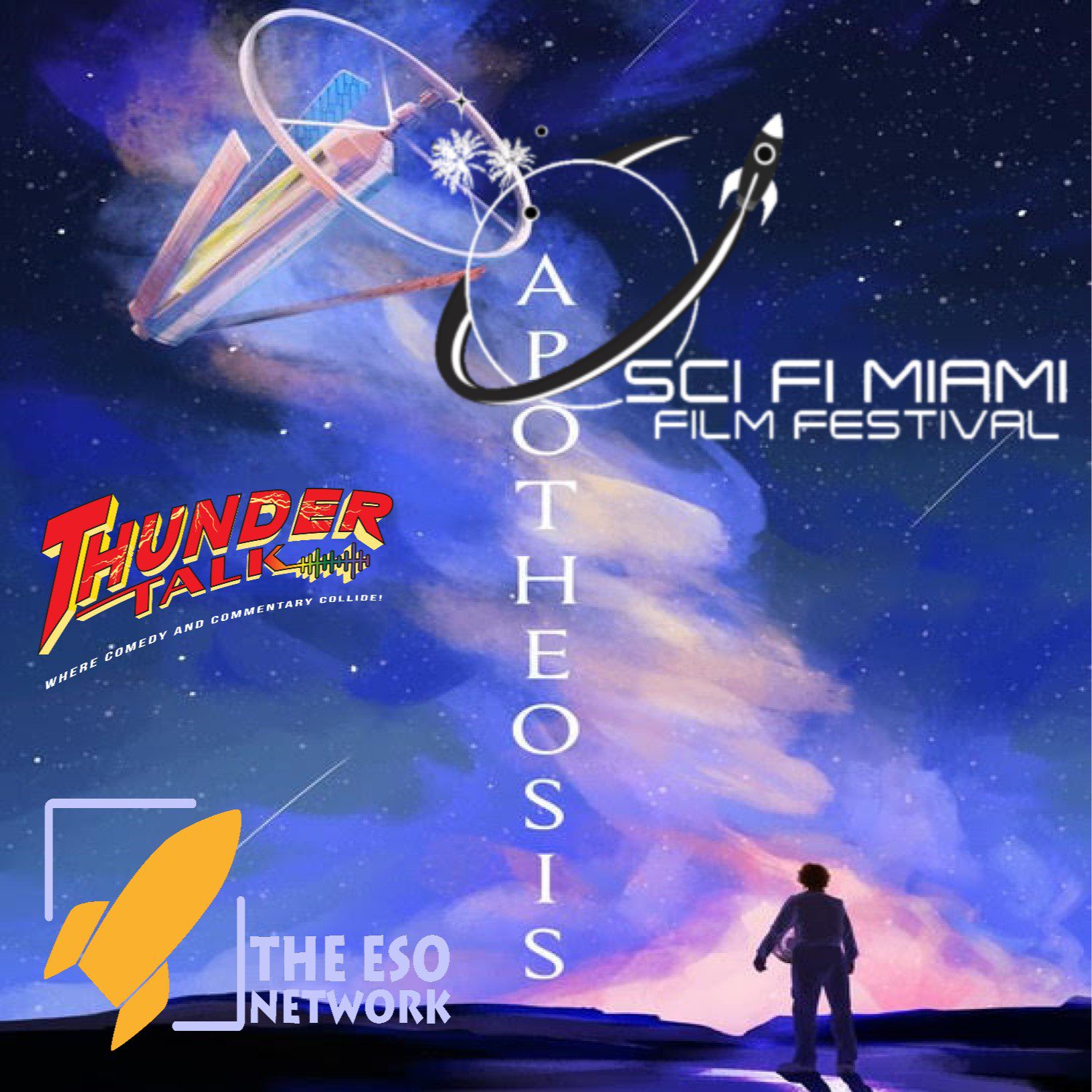Doctor Who: The Girl Who Died
Doctor Who: The Woman Who Lived
(2 episodes, s09e05-06, 2015)

Who really wants to live forever?
The Girl Who Died
Clara is floating in space. She is stranded while the Doctor deals with an attack by the Velosians and something is crawling around in her spacesuit. The Doctor asks her to focus on particular stars until he can materialize the TARDIS around her.
Once the crisis is resolved, the TARDIS lands on Earth, and the travelers are abducted by Vikings. Never a moment’s rest. They even snap the sonic sunglasses in half. Two days later, the travelers and their captors arrive at the Viking village. The Doctor has been lying to Clara about a plan for the duration. He also has a premonition – perhaps a vision of his past? – about a girl he sees.
The Doctor frees himself and poses as Odin with a yo-yo, but his bluff is called when an image appears in the sky and proclaims itself to be that particular god. Several armored aliens appear and start taking the strongest warriors to Valhalla, and Clara uses the distraction to free herself with the broken sonic sunglasses and the girl’s help. The sonic signature draws the aliens to her and the women are taken.
In what is presumably a ship, the Vikings are vaporized in a trap but Clara and the girl escape. While the Doctor formulates a plan in the village, the women explore the ship. They encounter the being posing as Odin and watch as he consumes the adrenaline and testosterone extracted from the men he killed. Clara puts on her best Doctor face as she confronts Odin but her new friend, Ashildr, declares that she will have revenge for the fallen. Odin agrees, promising that ten warriors will attack on the next day, and returns the women to the planet.
The Doctor informs Clara that the attackers are the Mire, one of the deadliest warrior races in the galaxy. They then consult with the remaining villagers on a solution. All of the warriors are gone, but the farmers and fishermen are resolved to defend their homes. The Doctor refuses to help at first, but the cries of a baby convince him to stay and offer basic defense lessons. He is concerned, however, that if the villagers defeat the Mire, it will only embolden the warriors of the universe to attack in greater numbers.
The training does not go well. The demoralized villagers gather for dinner as the Doctor watches the sunset with Clara. The sound of thunder – the booms of the Mire weapon forges – accompanies a discussion on Vikings and death. The Doctor wants to run and keep Clara safe, but she tells him to look for a solution. Meanwhile, Ashildr has started training with a handmade puppet of Odin. The Doctor finds her and asks for her opinion but it is dire. He says that she could leave, but this is her home. Ashildr says that she’s always been the different one in her community, but at least she’s loved here.
Her father overhears and consoles Ashildr as a Viking the Doctor nicknamed Lofty takes the baby to the boathouse. The baby loves the fish and the “fire in the water,” which the Doctor realizes is their key to winning. After all, the fire in the water is electric eels.
The Doctor develops a plan that includes the eels and a “monstrosity” built by Ashildr. The plan becomes action as Odin and his soldiers arrive to find the villagers partying. The party includes a ring toss that connects the soldiers to the electric eels and creates a magnet to steal the Mire’s helmets. With a helmet, Ashildr is able to show the warriors a giant serpent, a vision that disguises a giant handmade wooden horse puppet. The Mire retreat, leaving Odin behind as the Doctor and Clara confront him with video evidence of the Mire’s cowardice.
Odin vows vengeance as the Doctor sends him away. The Mire ship breaks orbit, but the village’s celebrations are cut short when they find that Ashildr has died. The Doctor is distraught and heads to the boathouse. Clara tries to console him but he takes the blame since the helmet drained her like a battery. The Doctor is sick of losing people, admitting that he’s always running from the pain of death and loss.
It’s at this point that he has a revelation. He realizes why he has this face, a question he’s asked since his regeneration. His face is a reminder of a time when Donna Noble encouraged him to always try to save someone, even at a fixed point in time. It was a time when he saved Lobus Caecilius and his family at Pompeii.
It’s a reminder to hold to the mark. To save people.
The Doctor returns to Ashildr’s side and rigs a Mire battlefield medical kit for human DNA. He places the device on her forehead and it sinks into her skin. It repairs her damage and she returns to life, and the Doctor scurries away as he gives Ashildr a second device. It is for her to give to whomever she wants.
The catch is that the medical device will never stop repairing her. It has made her immortal, and the second device is for her to find a companion on this never-ending journey.
As the travelers return to the TARDIS, the Doctor wonders aloud if he has made a terrible mistake. After all, he has just created a hybrid.
The days pass, and Ashildr’s innocent smile slowly changes to a grim stare. She is truly alone in the world.
The Woman Who Lived
It is now 17th-century London and a highwayman known as the Knightmare robs a stagecoach belonging to the Fanshawes. The Knightmare has an accomplice, the glowing eyes of a “demon” in the woods, and frightens the Fanshawes into surrendering their valuables when the Doctor arrives with a gadget.
The Doctor is traveling alone as Clara is taking her students on a field trip. The stagecoach escapes and the rogue reveals himself… or rather, herself, as Ashildr.
The Doctor has been keeping tabs on her throughout history, but he has arrived at this point in her life to track down an alien artifact. Ashildr reveals that she has forgotten where she came from and now goes by the name Me. All of her other names died with those who knew her. She now rides through life alone.
Me takes the Doctor back to her rather large home to help her pack. She asks about the Doctor’s mission and explains that she robs for the mere adventure. She’s seen a lot of adventures over the last 800 years, including being a medieval queen, fighting in the Battle of Agincourt, curing an entire village of scarlet fever and being persecuted as a witch, and surviving the Black Plague.
The Doctor warns her of another bout of the plague and the great fire caused by the Tereleptils. Me keeps journals to remind her of her experiences, and while she discusses her life, she admits that time is what runs out around her. She asks the Doctor to take her away in his ship, but he deflects so Me offers to help with his quest instead.
As Me prepares and consults her glowing-eyed accomplice, the Doctor reviews her journals. They are full of loneliness and heartbreak, including sections that are torn out because they are far too painful. The Doctor tries to help her with her emotional detachment but she rejects him. She also continues to mention parts of the Doctor’s life that she shouldn’t know.
Together they break into the Fanshawe estate and retrieve the Eyes of Hades, a glowing purple jewel. During the adventure, Me shows the Doctor that she has never chosen someone for the second Mire device. They also narrowly escape from Mr. Fanshawe, during which Me pokes at the Doctor’s previous companions, particularly those who left in tragic conditions.
On the road home, Me and the Doctor are ambushed by competing brigands. After a brief tussle with Me’s rival, Sam Swift the Quick, the brigands flee despite Me’s anger at not being allowed to kill them. They return to Me’s home where they discuss the Eyes of Hades and Me’s desire to travel with the Doctor. When the Doctor refuses to let her join him, he is confronted by the glowing-eyed accomplice. His name is Leandro, a fire-breathing alien from Delta Leonis. The alien amulet was Leandro’s means of travel, lost when he crashed on Earth.
Me wants to escape the doldrums of her life and Leandro has offered to travel with her. The downside is that the amulet only works upon someone’s death. Me restrains the Doctor in a closet – the Doctor expresses sorrow at saving her life and for not understanding that immortality would rust her heart – and turns the Doctor over to the local constabulary as an accomplice to Sam Swift. She then leaves to take Sam Swift’s life since the man is about to be hanged for highway robbery.
Meanwhile, the Doctor exchanges Me’s ill-gotten treasure for his life and a horse. He races to the gallows and offers a pardon on the psychic paper. Unfortunately, Me is able to kill Sam Swift and open a portal. Leandro reveals himself and double-crosses Me as an invasion fleet from his homeworld attacks the planet. She then joins forces with the Doctor to stop the threat.
Me deduces that reversing Sam’s death with close the portal, so she gives him the second Mire device. Leandro is vaporized by his people for his failure as the portal closes and the humans cheer. Sometime later, Sam, Me, and the Doctor gather in the pub for drinks. The Doctor asks Me to keep an eye on Sam, just in case the brigand ends up as an immortal as well, and offers his reasoning for rejecting her. She cannot travel with him because she’s too similar to him – just like Jack Harkness – and he needs someone who sees the universe differently.
The Doctor takes his leave with the promise to keep an eye on Me. She offers to keep an eye on those he leaves behind, protecting the world from him. Not as an enemy, but as a friend. Upon returning to the TARDIS, he plays the guitar as he thinks. Clara arrives with a selfie from a student that he helped, and standing in the background is Me.
The travelers plot their next adventure as they express their affection for one another. Clara promises that she’s not going anywhere but the Doctor is not so sure.
This story is dark but I love it for the simple allegory of immortality. As humans, we’re known to chase youth and try so many different things to extend our lives. We defiantly demand – or even ask, if we’re religious – for a little more time. Just a little more time.
But what are the consequences of living longer? What is that magic threshold between just enough and one day too many?
Immortality has a cost. We saw parts of this story played out with Jack Harkness, and we see it here in excruciating detail. It’s well crafted by writers Jamie Mathieson, Catherine Tregenna, and (yes) Steven Moffat. We last saw Jamie Mathieson with Mummy on the Orient Express and Flatline, and Catherine Tregenna comes from Torchwood (Out of Time, Captain Jack Harkness, Meat, and Adam). That explains the darker moralistic tones, doesn’t it?
Notably, Catherine Tregenna was the first woman to write for Doctor Who since Helen Raynor penned The Sontaran Strategem & The Poison Sky in Series Four.
I also really enjoyed seeing the balance between the Doctor’s hubris and its consequences. He plugs Ashildr into the Mire helmet to win the battle, but it literally drains her of life. He fixes that problem by creating a larger one. Thankfully, he recognizes his errors and has to live with them. Ashildr, now called Me, calls him on the carpet: Does the Doctor ever give a thought to the various worlds and times he leaves behind… or even the possible consequences his actions could have?
There’s another allegory to tease out in the hybrid’s story, and that is one of identity. Ashildr chooses a new identity for herself and repeatedly corrects the Doctor when he misnames her. Cast against the ever-widening spectrum of gender and identity in our world, Me’s story carries particular representation in the Doctor Who universe.
The callbacks are plentiful, from the previously mentioned Tereleptils and Velosians to Clark’s Law: “Any sufficiently advanced form of technology is indistinguishable from magic.” We see the Doctor trying to pass himself off as a god (as he did in The Myth Makers) and reading a diary of his exploits (as he did in The Tomb of the Cybermen and the television movie). We also get the callback to Remembrance of the Daleks when the Doctor reminds his companion and the audience that “Time will tell. It always does.”
Overall, there is a lot to unpack in this two-parter. It is brilliant science fiction that turns a mirror on the face of humanity and asks us to think deeply about where we are and where we want to go as a people.
Rating: 4/5 – “Would you care for a jelly baby?”
UP NEXT – Doctor Who: The Zygon Invasion and Doctor Who: The Zygon Inversion

The Timestamps Project is an adventure through the televised universe of Doctor Who, story by story, from the beginning of the franchise. For more reviews like this one, please visit the project’s page at Creative Criticality.

